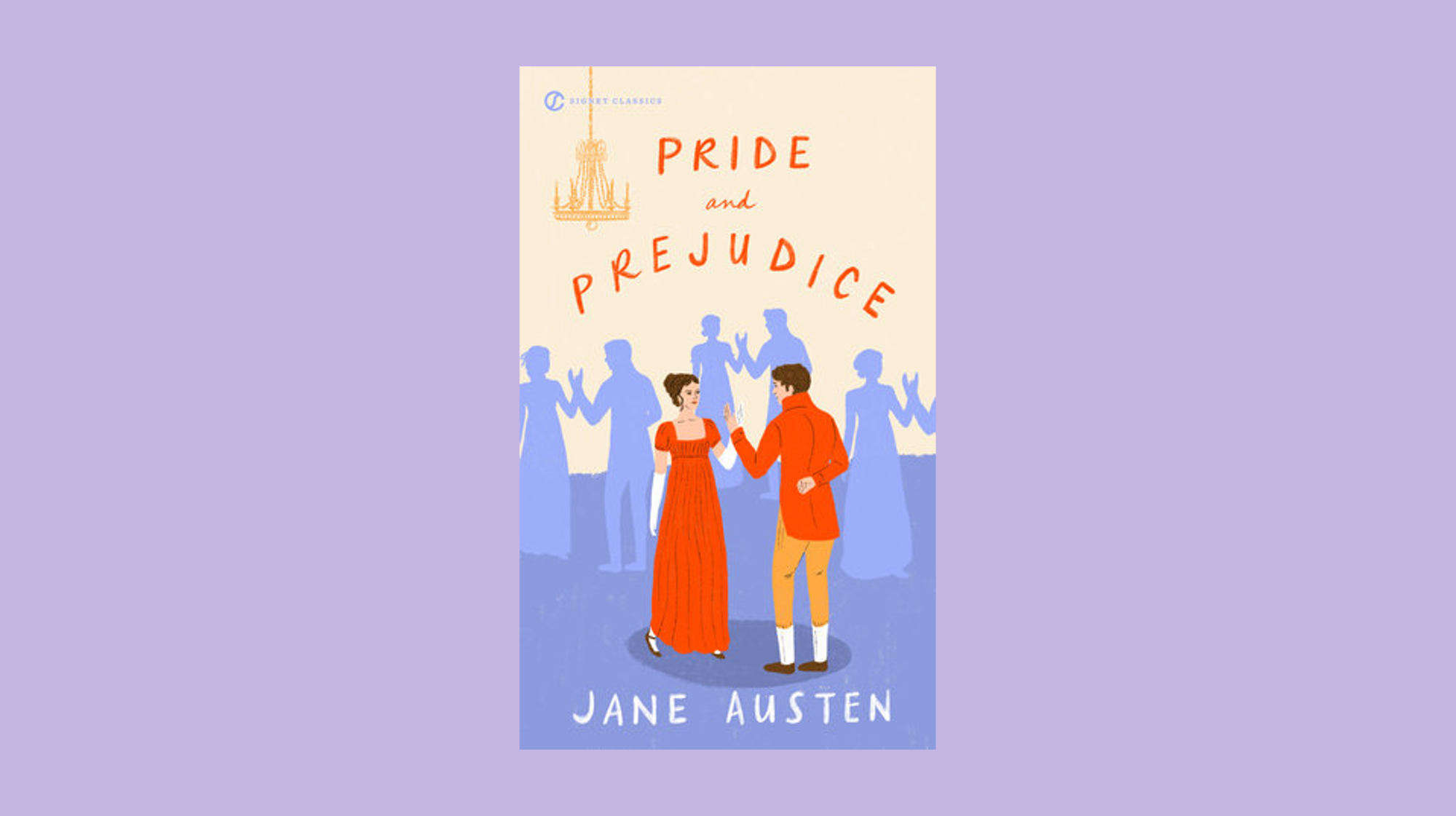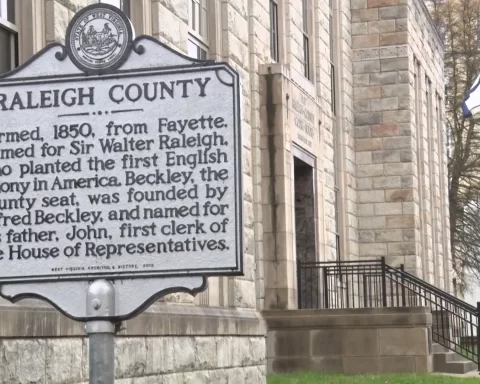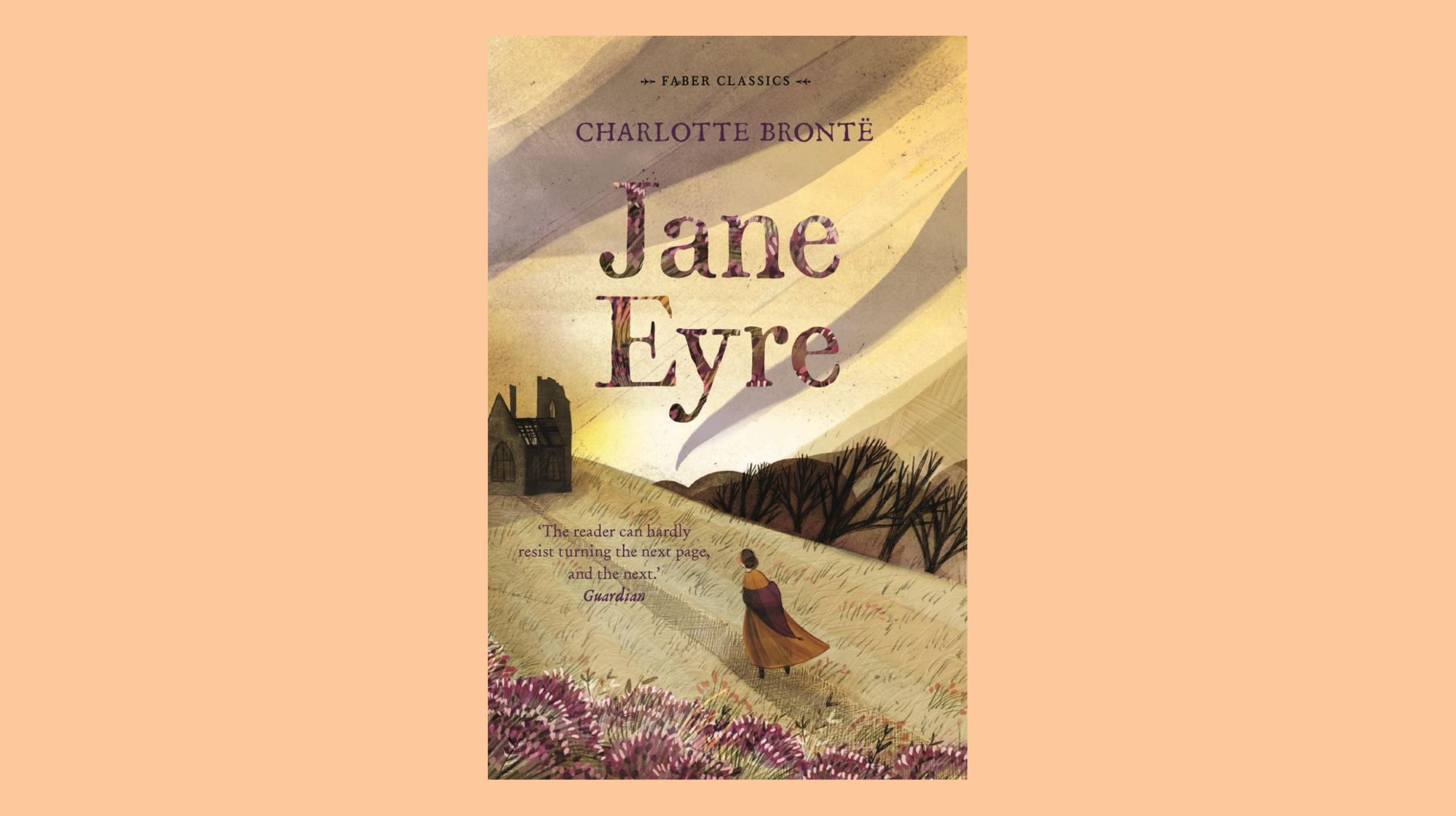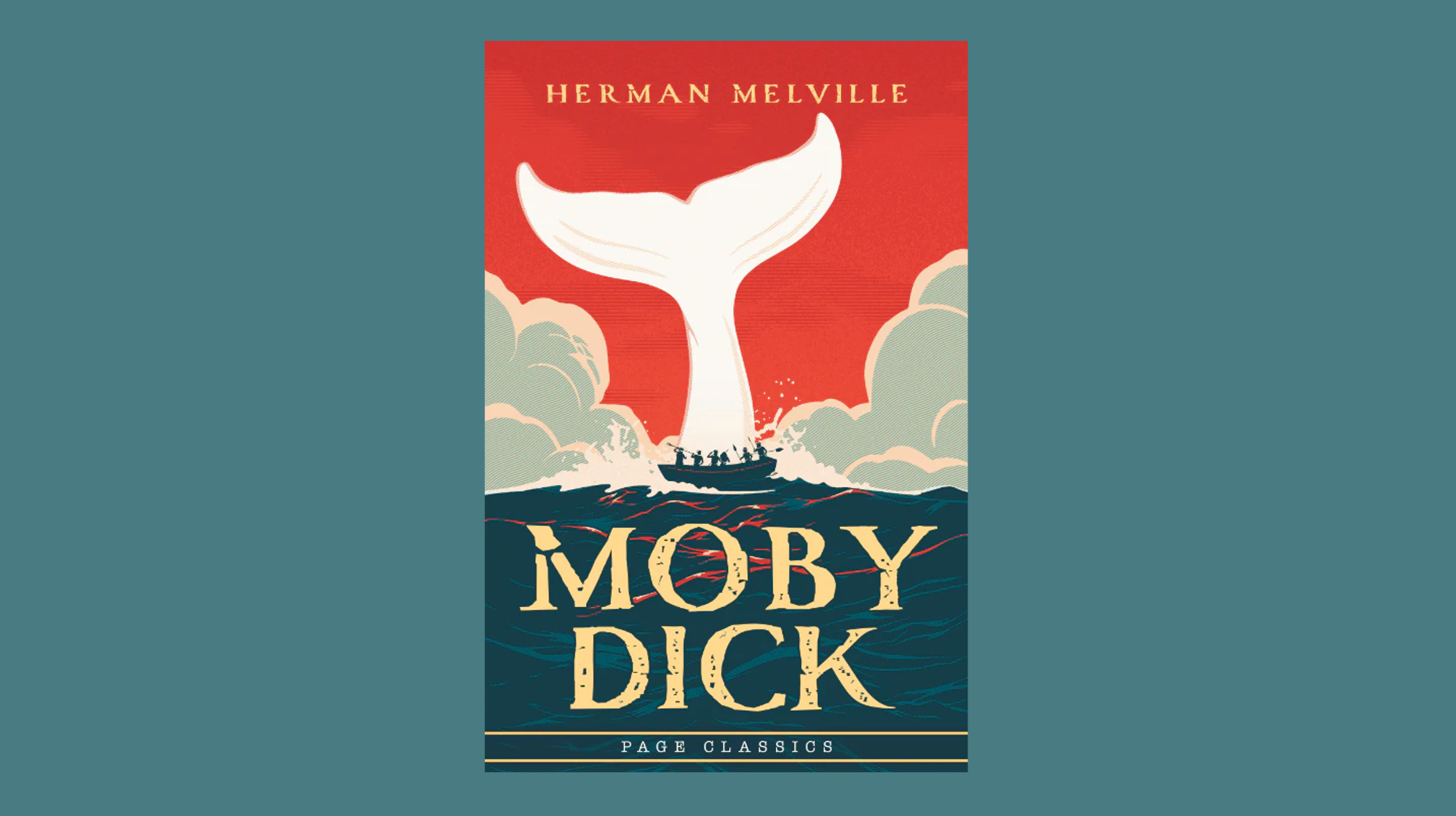More than two centuries after its publication, Jane Austen’s Pride and Prejudice continues to assert itself—not only as a masterpiece of literary form but as a cultural artifact, shimmering with wit, psychological depth, and a moral compass often lost in the digitized haze of modern love. Reissued, reread, and reinvented endlessly, Austen’s tale of Elizabeth Bennet and Mr. Darcy is not merely a historical romance. It is, at its core, a story of self-reckoning, moral clarity, and romantic integrity—concepts our era might do well to resurrect.
Austen crafts her narrative with a scalpel rather than a paintbrush. Her language is spare but searing, her irony as cutting as it is comedic. Every line dances with subtext, and every character—whether the obsequious Mr. Collins, the calculating Caroline Bingley, or the noble-hearted Jane Bennet—serves a structural and symbolic purpose. Yet, it is Elizabeth Bennet, with her unapologetic intellect and self-possession, who anchors the novel.
A Study in Character and Conscience
At the heart of Pride and Prejudice lies a profound moral architecture. The titular vices—Elizabeth’s prejudice and Darcy’s pride—are not superficial flaws but deeply human failings that must be confronted and overcome. Austen’s genius lies in making that journey both interior and relational. The love story is not about finding the right person, but becoming the right person.
In Elizabeth, we find a heroine who demands respect before affection, and in Darcy, a man who must shed arrogance for humility. Their mutual transformation is what makes their eventual union so satisfying. This is not a romance built on chemistry alone, but on ethical evolution—a love earned, not merely felt.
Then and Now: A Contrast in Courtship
The world Austen wrote about—of drawing rooms and inherited estates, of marriage as economic alliance—has certainly faded. Today, our relationships are shaped more by autonomy than by ancestry, and the constraints placed on women in Regency England would be unthinkable in a society steeped in post-feminist ideology. And yet, for all our liberties, one wonders: have we lost something in the transaction?
Courtship in Austen’s world was ritualized, yes, but also purposeful. There was gravity to every conversation, intention behind every letter. Emotional stakes were tethered to social reality. Contrast that with today’s world of dating apps, ghosting, and the gamification of intimacy. Too often, the very deliberateness that marked Austenian romance has given way to a kind of digital indifference.
In Pride and Prejudice, love is not a swipe but a stance; it is an alignment of values and virtues, not merely desires. Perhaps in reclaiming that ethic of discernment and self-respect, we can bring meaning back to modern courtship.
Restoration Through Reflection
This novel endures because it speaks to something deeply aspirational: the hope that love can be both passionate and principled. Austen does not idealize her characters—she refines them. She shows us that the path to meaningful love is paved with humility, growth, and a willingness to revise one’s assumptions. In today’s culture, so quick to cancel and so slow to self-examine, this feels radical.
It may be tempting to dismiss Pride and Prejudice as a relic of the past. But to do so is to miss the revolutionary core beneath its manners. Austen was not merely cataloging the customs of her time; she was questioning them, reforming them from within. In a world where relationships are often transactional or performative, her insistence on authenticity feels nothing short of rebellious.
The Eternal Relevance of Austen
Jane Austen’s Pride and Prejudice is not just a novel; it is a mirror. And like all great mirrors, it reflects not only the society that birthed it but the one currently gazing in. Its enduring power lies in its blend of emotional truth and moral rigor. As women today navigate the complexities of love, work, and self-worth, Elizabeth Bennet remains a beacon—uncompromising, clear-eyed, and defiantly human.











